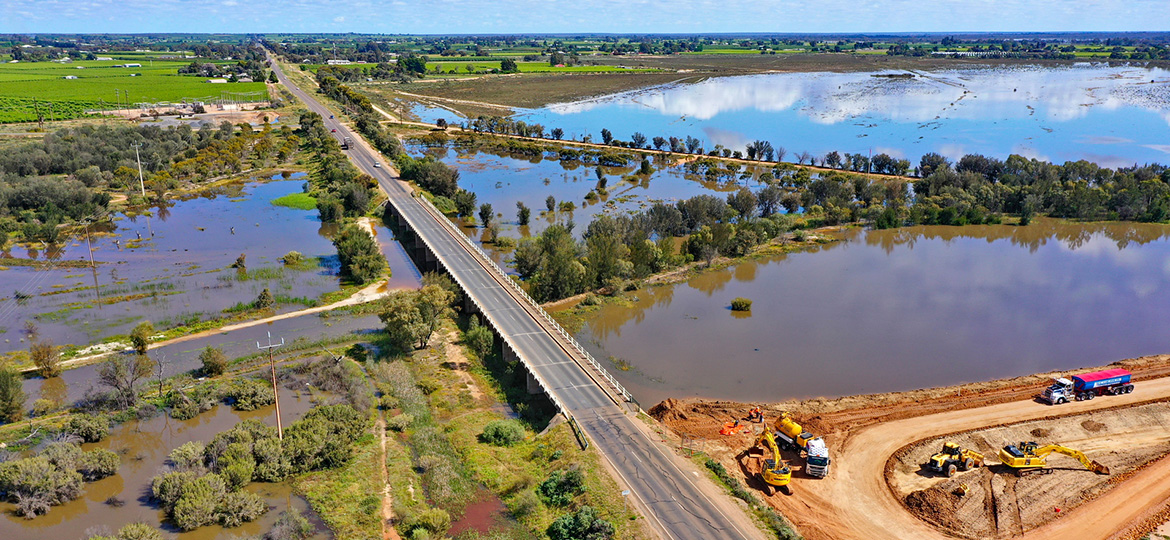Planning regulation change helps councils prepare for flooding
Published Thursday, 24 November 2022

Riverland councils preparing for impending flooding on the banks of the Murray River, no longer require development approval to construct temporary levee banks.
This follows an amendment to planning regulations, made today.
The Local Government Association requested the Minister for Planning amend the Planning, Development and Infrastructure (General) Regulations 2017, to ensure flood levee banks could legally be constructed by – or on behalf of – councils, without the need for development approval.
This amendment provides councils with the regulatory certainty that their emergency work to construct a temporary flood levee or mound, does not require development approval.
It means councils facing a rapidly evolving situation can confidently initiate and undertake construction that protects property and infrastructure during this emergency.
It also demonstrates our planning system is flexible and responsive to changing needs.
A similar exemption already exists in favour of state agencies, so the change appropriately brings councils into line with state agencies.
Where a council determines that they want a temporary levee bank or mound to remain permanently, they will need to apply for development approval in the future.
Private landowners can also construct flood levees on private property, if it is urgently required to protect people or buildings.
Property owners do however, need to notify the council of the work when it’s undertaken and then apply for development approval within 28 days.
Sandbagging of individual properties does not require development approval.
Home and property owners concerned about potential flooding of their property should contact their local council for advice.
